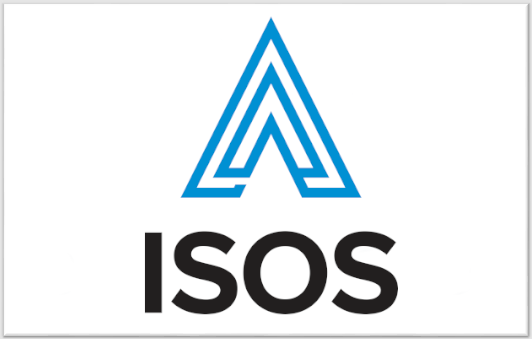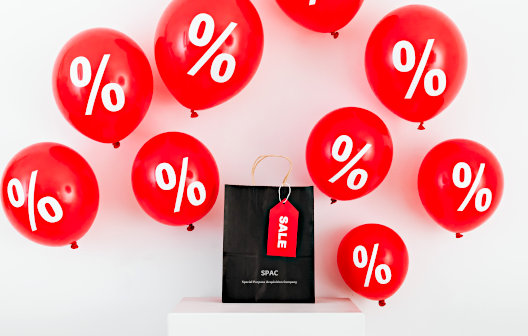Recreation that Investors May Find Worth Watching
The unexpected turmoil within different industries during 2020 will forever be discussed in economic and stock market history discussions. It’s still fresh in all of our minds, and to an extent, we’re all still very mindful of it with our investing and day-to-day lives. Investments that received much of the attention in late 2020 included vaccine stocks, stay-at-home technology, and even SPACs which did well with the increase in money entering a stock market that has a shrinking number of offerings.
As 2020 gave way to 2021 and much of the demand that characterized late 2020 shifted to the updated “post-covid” set of expectations, the so-called recovery stocks gained attention. These stocks ticked up each time a pharmaceutical company was given an emergency use approval for their Covid-19 shot; not only would the pharmaceutical sector itself rise, but so would hospitality, travel, sports, recreation, and everything else that would benefit from less risk of an enduring pandemic. Investors in a post-covid world started looking past the pandemic and began hunting for value before the beaten-down sectors caught too much attention. At times there have been pre-mature rallies in various industries, and realistically, anything can still happen from here, but most recovery stocks are well off their lows, some still have far to go to regain where they were in early 2020.
Recovery Business
A research report crossed my desk last week on a SPAC in the DeSPAC phase which means it is now preparing to merge with a company. The company seems to pass many of the filters I hear people have for a recovery stock to make it to their watch or buy list. I don’t often comment on the constantly updated research on the Channelchek platform, and nothing here should be construed as a recommendation, but I learned so much from the report about the business, and even the direction of the business, that I wanted to make sure you didn’t miss it.
The business includes hospitality, recreation, sports, and perhaps even travel. It also involves tournament play at the highest level, the media sector, and possibly even sports betting.
Bowling or the business of bowling was never on my radar before, but I look forward to watching how this company uses its added potential after the SPAC merger.
Bowling, Here and Abroad
The research report, prepared by Michael
Kupinski, Director of Research, Noble Capital Markets, Inc. discusses all the pertinent current data, earnings, and projections. That’s all available in the report. The broader offerings at bowling centers themselves have changed. Just as movie theaters are offering experiences above what was available before in terms of food and comfort, bowling centers since 2010 have upgraded facilities to attract a younger demographic (predominately 20- to 35-year-olds). Many now have bright high-def video walls, specialized lighting, and lounge seating. In addition, many bowling centers have expanded and upgraded the quality of their menu items, offer specialty drinks, include high-end arcades, and may even have an in-house sports bar — far from the pretzel and beer of yesteryear.
The report indicates that bowling is the top recreational sport in the U.S. It’s estimated that roughly 67 million have bowled in the past year. This is more than twice as high as basketball participation, which is ranked as number two with 30.3 million, with baseball/softball, then golf not far behind.
Leagues in many bowling alleys are a thing of the past. While they had once provided consistent revenue, in some markets providing a night out to family or friends, or a means to celebrate a special occasion benefits the centers’ business more than the old league model.
There are approximately 11,000 bowling alleys in the U.S. and 3400 bowling centers. The international market is even larger than the US, with high growth in Asia as decreased cultural differences, increased disposable income, and an expanding young population experiment with new forms of entertainment.
Take-Away
Identifiable market changes, particularly those that create trends, can create lucrative opportunities. The trends and follow-through over the past couple of years are testaments to that. Paying attention to various information sources including, traditional media, message boards, analyst reports, and what you experience in your day-to-day life help to identify investible trends.
We’ve had many different cross-currents in trends so far in 2021. Many are the result of a new administration in Washington with different priorities. The other prominent trends have arisen from the waning of the pandemic around the globe. Inflation, shortages, housing issues, and other “hangovers” from the pandemic reaction also seem to be longer-lived trends. Noticing a shift impacting the operational climate of an industry, then recognizing all the impacted sectors within the industry, can get you in before increased valuations, or out before declines. Altering investment behavior before the herd is part luck, part preparation. Preparation is known to increase luck.
Channelchek helps investors in small and microcap stocks prepare. SPAC-trac reporting is a unique feature we make where insight in the form of full research, analysis, and coverage is presented on still private companies planning to merge with a SPAC.
Visit the research and data portion of Channelchek regularly to stay up on industries and the unique companies covered by top-tier equity analysts.
Managing Editor, Channelchek
Suggested Reading:
 ISOS Acquisition Corp: Why This SPAC May Be Different
|
 Irrational Pessimism – Why Value Investors Should Research Individual SPACs
|
Stay up to date. Follow us:

|

